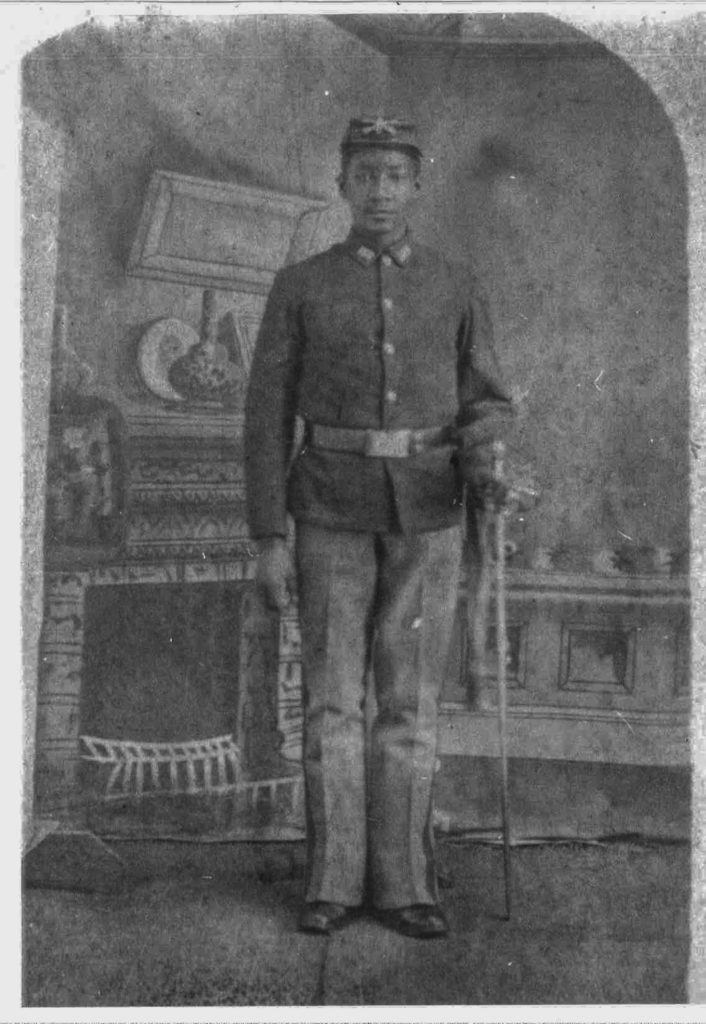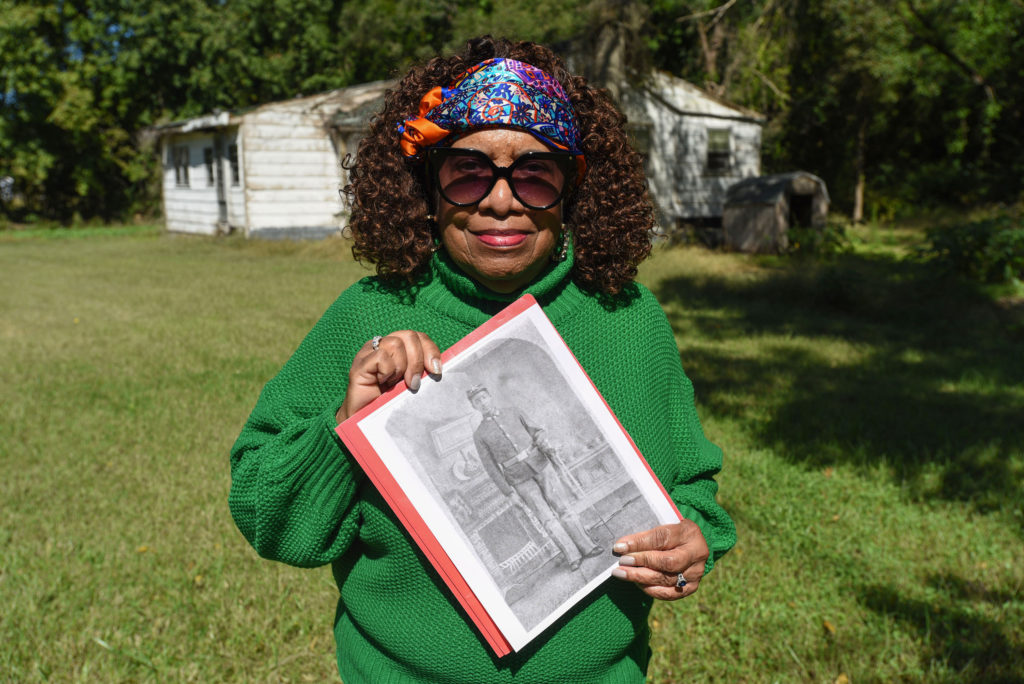
UMES Extension will be an integral part of a local project to create a living history site and walking trail to pay homage to a Buffalo Soldier who once called the Eastern Shore of Maryland home. Buffalo Soldiers were Black cavalry and infantry units established by an act of Congress in 1866 primarily to serve as escorts for settlers moving west post-Civil War.
On Saturday, October 29, ground cover and a path will be laid at Hattie’s Trail at 4013 South Upper Ferry Road in Allen, a piece of some 22 acres that has been in Thomas E. Polk Sr.’s family continuously since 1892 when he purchased the first parcel. A free UMES Extension workshop, “From ‘Useless’ Woods to a Place of Peace and Relaxation,” has been created in association with this first step in the establishment of the site. From 9 a.m. to noon, community members can learn how to transform their backyard woods by physically experiencing all of the practical parts to gain the needed experience.
“This part of the project is designed to be a fun learning experience and workout for the whole family, the result of which will be available for the public to enjoy recreationally for years to come,” said Henriette den Ouden, a UMES Extension consultant who will be lending her expertise. Den Ouden was enlisted by Polk’s granddaughter, Deborah Scott of Harford County, to spearhead this phase of Hattie’s Trail, named after her grandmother and wife of Thomas, Harriet Boone Polk.

Participants, den Ouden said, can learn the placement of plants, bushes or trees in a similar area to make it more attractive to people and wildlife. She suggests appropriate dress, footwear and gloves.
Polk was born a free man in Allen in 1860. “He traveled to Baltimore and enlisted in the U.S. Regular Army in 1882 and served five years in the Indian Territories as a Buffalo Soldier in the 9th Cavalry. He re-enlisted for another five years,” Scott said. “When he returned to Allen in 1892, he began to purchase land and created the homestead, where he lived until his death at the age of 80. My grandmother’s death followed nine years later.”
Buffalo Soldiers played an essential role in helping the nation fulfill its goal of Manifest Destiny, expansion across North America of settlers from war-torn properties left behind after the Civil War. During their service, they engaged with Native Americans protecting their territories, helped to hang telegraph lines, built military forts and transported mail.
Scott, who is the project manager for the Buffalo Soldier Living Historic Site and Hattie’s Trail, said that with sufficient funding, the goal for completion of the entire project is 2025. She said it is receiving broad support from across Delmarva and beyond as the first of its kind in the area. To learn more about the complete project, email Deborah Scott at fehcscott@gmail.com. Register for the UMES Extension event to lay the ground cover and path HERE. For more information, email hdenouden@umes.edu.
Gail Stephens, agricultural communications and media associate, University of Maryland Eastern Shore, School of Agricultural and Natural Sciences, UMES Extension, gcstephens@umes.edu, 410-621-3850
Photos by Todd Dudek, agricultural communications, University of Maryland Eastern Shore, School of Agricultural and Natural Sciences, UMES Extension, tdudek@umes.edu


